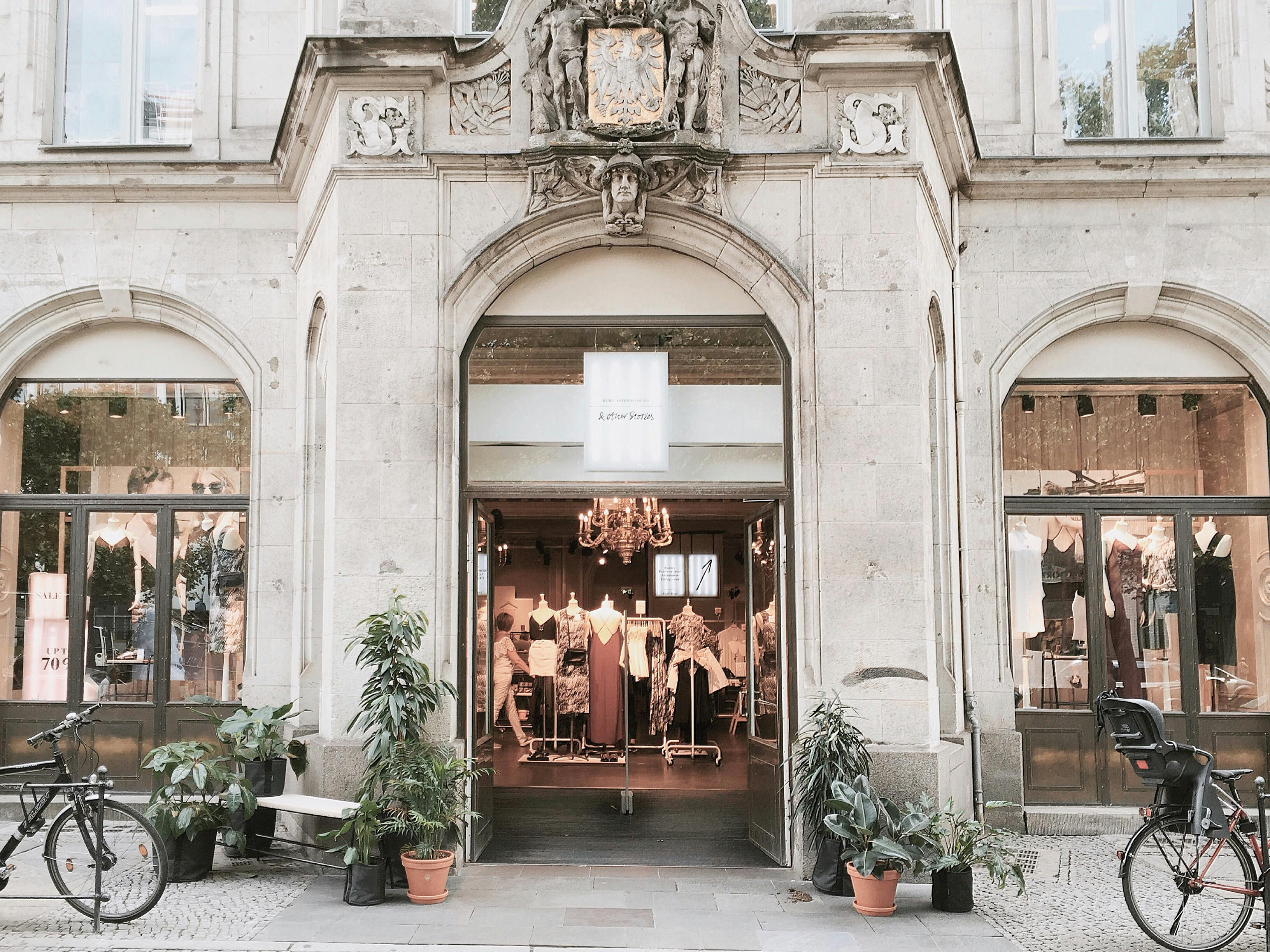The Commonwealth of the Bahamas was an internally governed British colony until it gained independence in 1973. The Bahamas is made up of 700 islands and 2,000 rocks and cays, and only about 30 of those islands are inhabited. Andros is the largest island; New Providence is the most important and populated and is also where the capital, Nassau, is located. Of lesser importance are the islands of Abaco, Grand Bahama, Cat Island, Long Island, Eleuthera, and Exuma.
Watling Island, or San Salvador, is considered the first land in the New World reached by Christopher Columbus in 1492. The total area of the Bahamas is 13,940 square kilometers (5,382 square miles).
The Bahamas rest on a coral limestone platform and are exposed portions of the platform. Mostly flat, they reach a height of 200 feet (60 meters) on Cat Island. They have a beautiful coastline, which drops off steeply on the eastern side. The porous nature of limestone detracts from any stream activity and the water supply depends on boreholes, wells and tanks that capture rainwater.
The islands are crossed by the Tropic of Cancer and have subtropical conditions. Along with the influence of the Gulf Stream, winter temperatures average 70 degrees F (21 degrees C) and summer temperatures average 80 to 90 degrees F (27 to 32 degrees C). Rainfall averages between 1,000 and 1,300 mm (40 and 50 in), although it can be abundant in places. The rainy months are May, June, September and October.
The population is about 330,000 and is about 85% black, with a white minority of British, American, and Canadian descent. Until 1964, whites controlled the political power of the country. The islands have been subject mainly to British influence since the 1660s, when the first British settlers arrived.
Long the gathering place for pirates and slave traders, Nassau later prospered as a base for blockade runners during the American Civil War and as a meeting place for bootleggers during the Prohibition years.
English is the main language of the islands. Education is compulsory between the ages of 5 and 15. Religious groups include Anglicans, Baptists, Methodists, and Roman Catholics. Tourism is the mainstay of the economy and is supported by US funds. The warm sun, attractive beaches, and laid-back lifestyle draw large numbers of tourists to Nassau and Freeport on Grand Bahama Island. Tax concessions have made Freeport an attractive investment and retirement option.
Real estate and finance are important sectors of the economy. There is very little industry other than an oil refinery in Freeport and a rum distillery in New Providence. Fishing is one of the main pillars of the black population. Vegetables and fruits are grown, however arable land is limited and a small number of livestock are also raised. Trade products include cucumbers, tomatoes, shellfish, wood pulp, and cement, with the main trading partners being the US, UK, and Canada.
At least 6 international airlines and major shipping lines operate in the Bahamas. There is a good inter-island boat service and the main roads to the main islands are paved.
